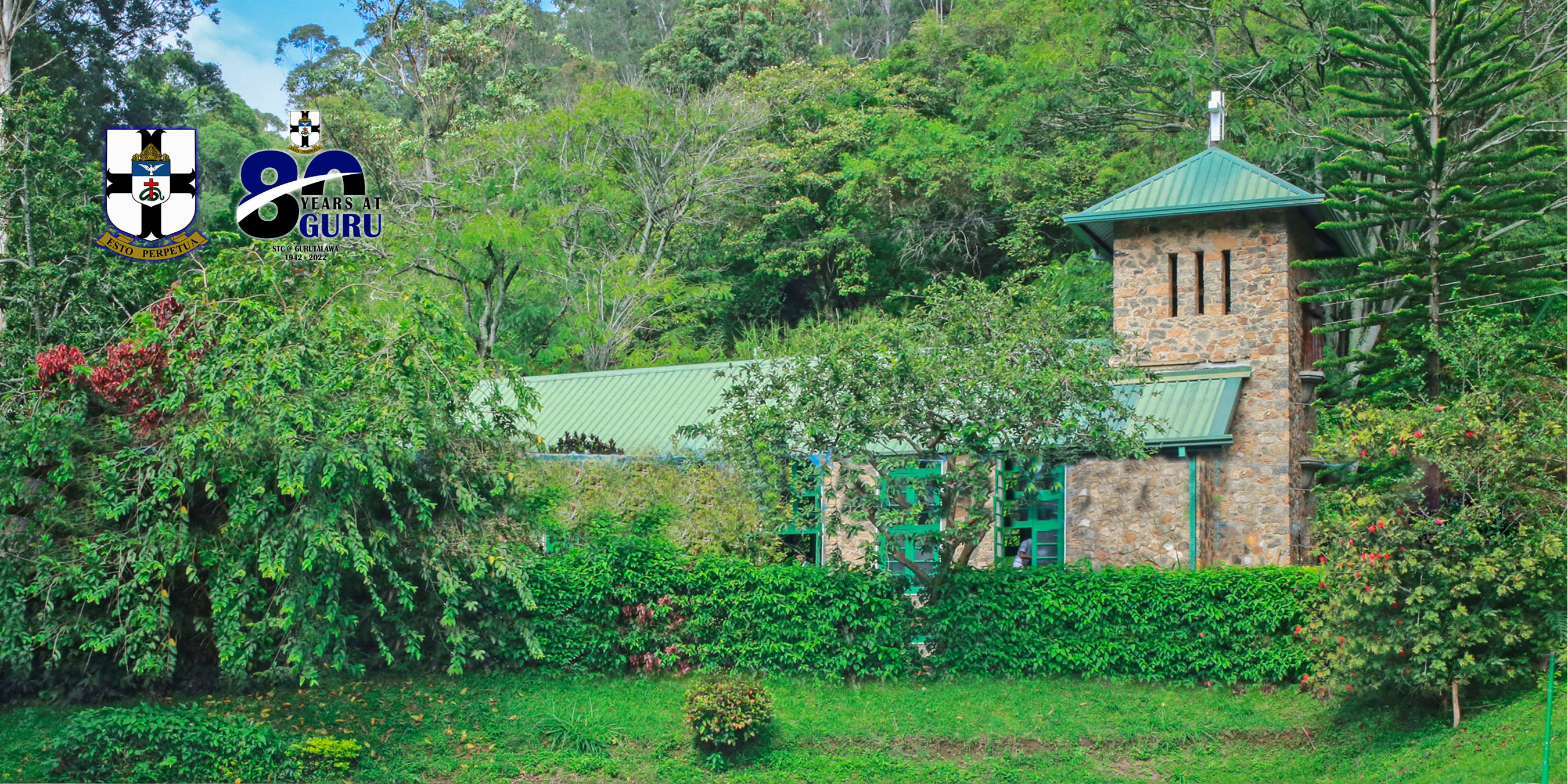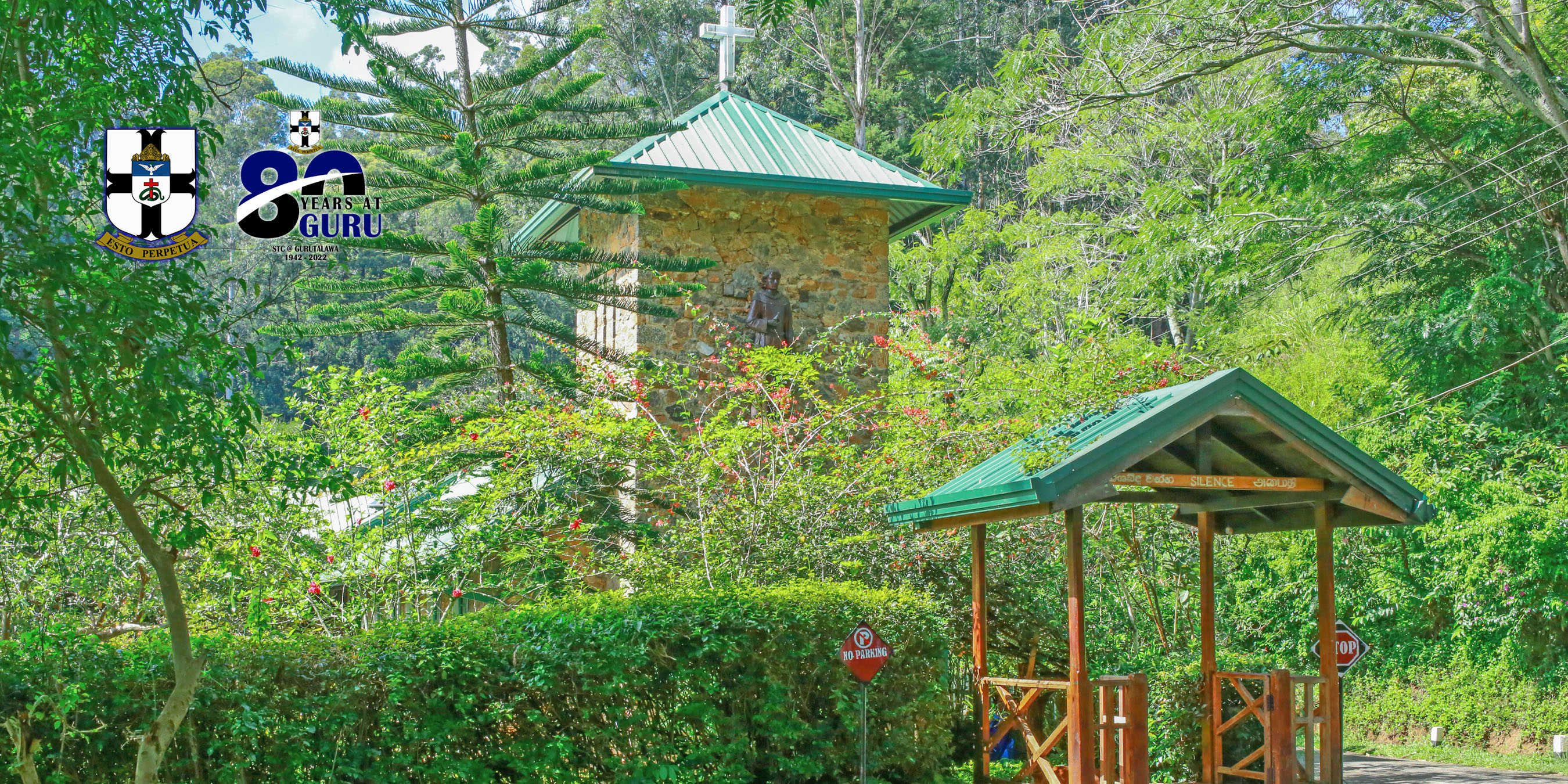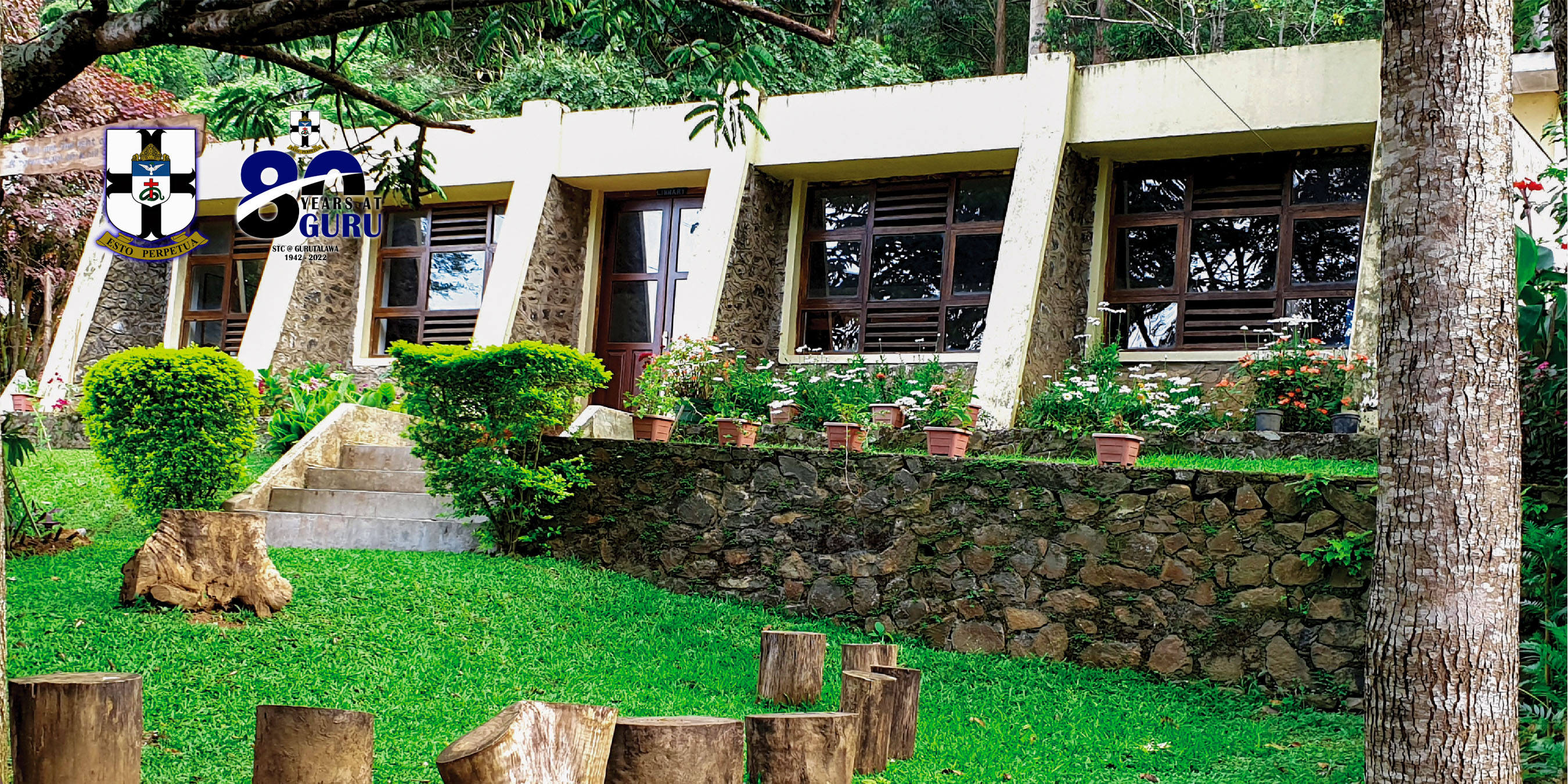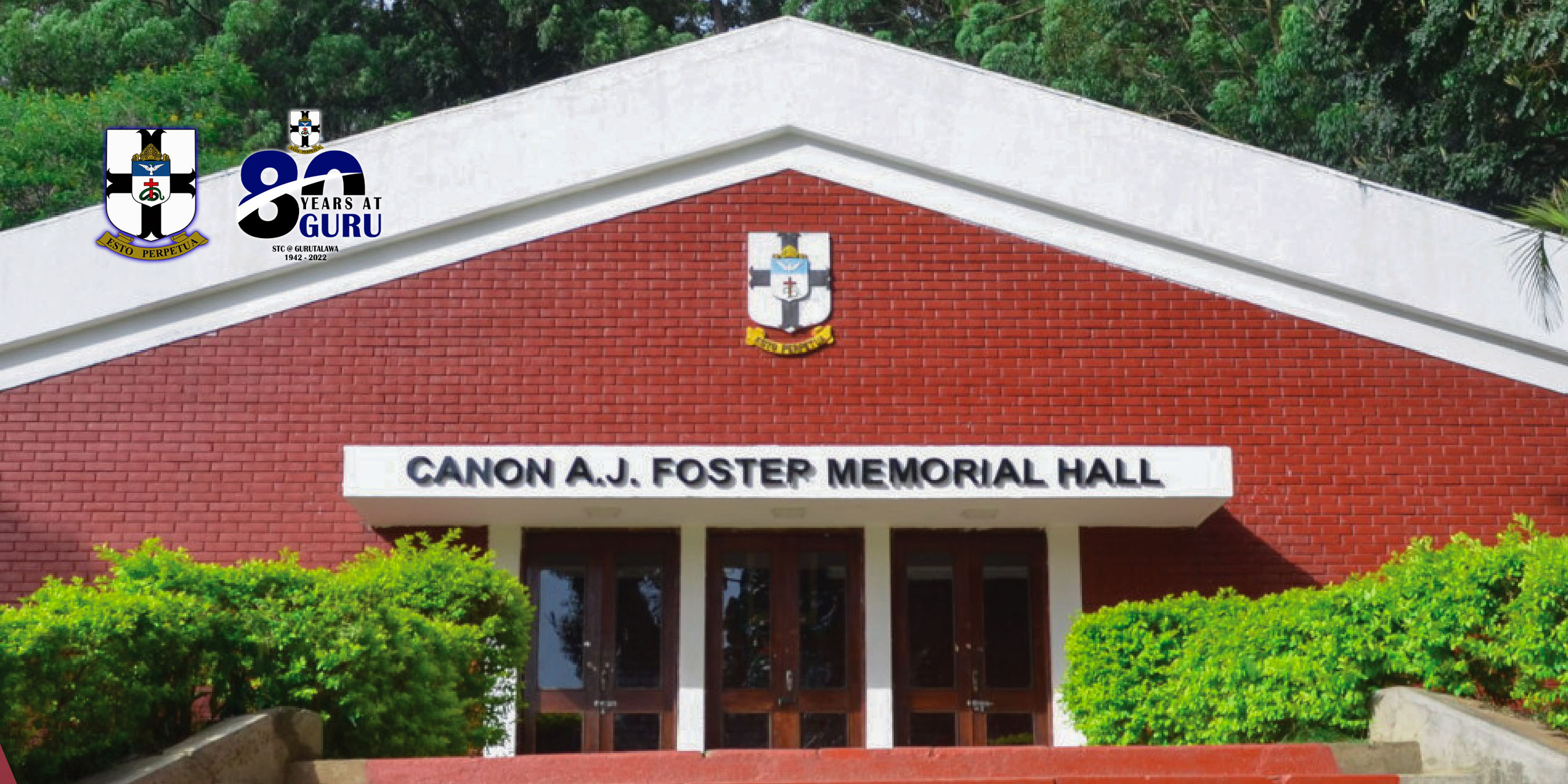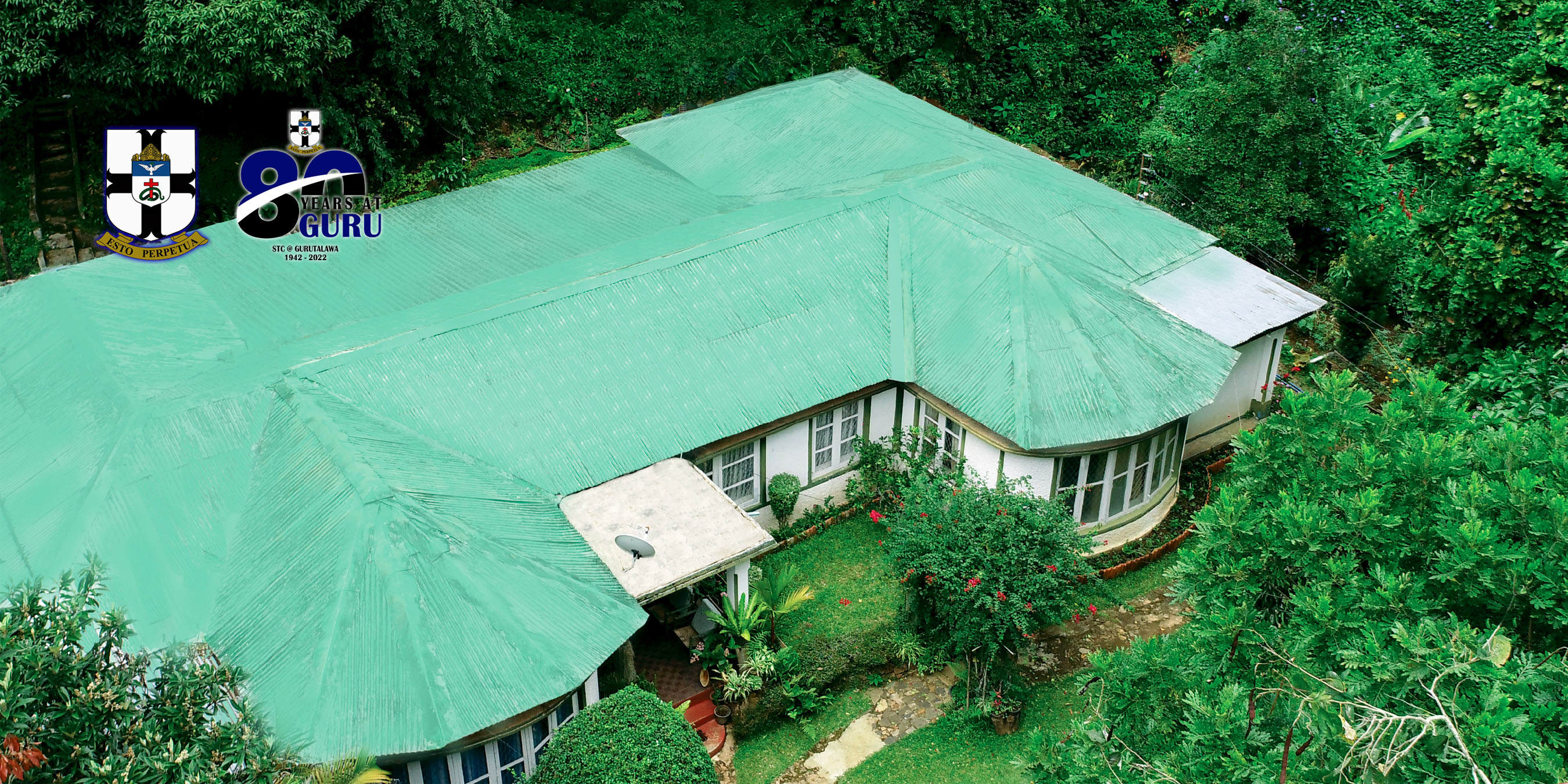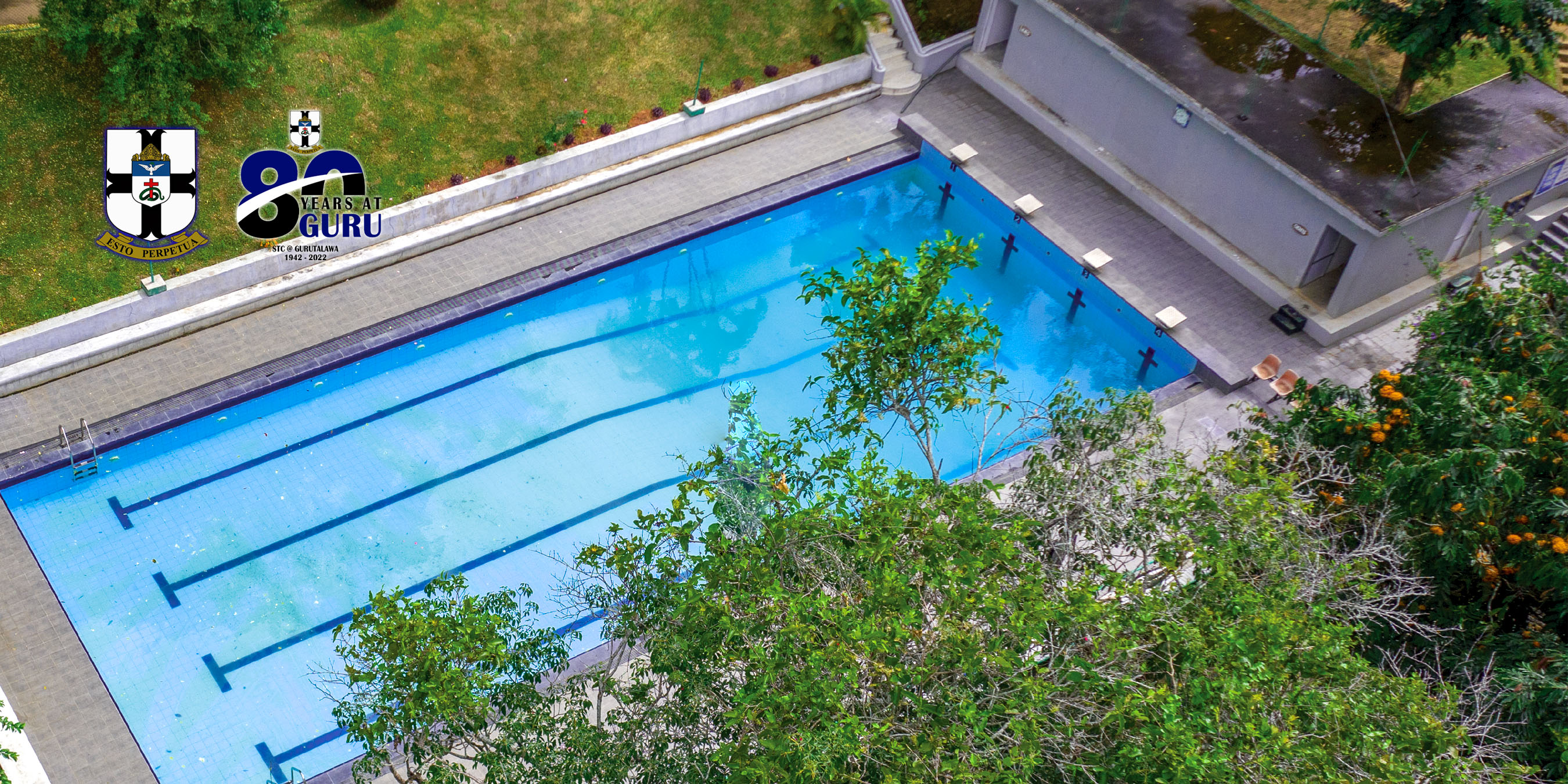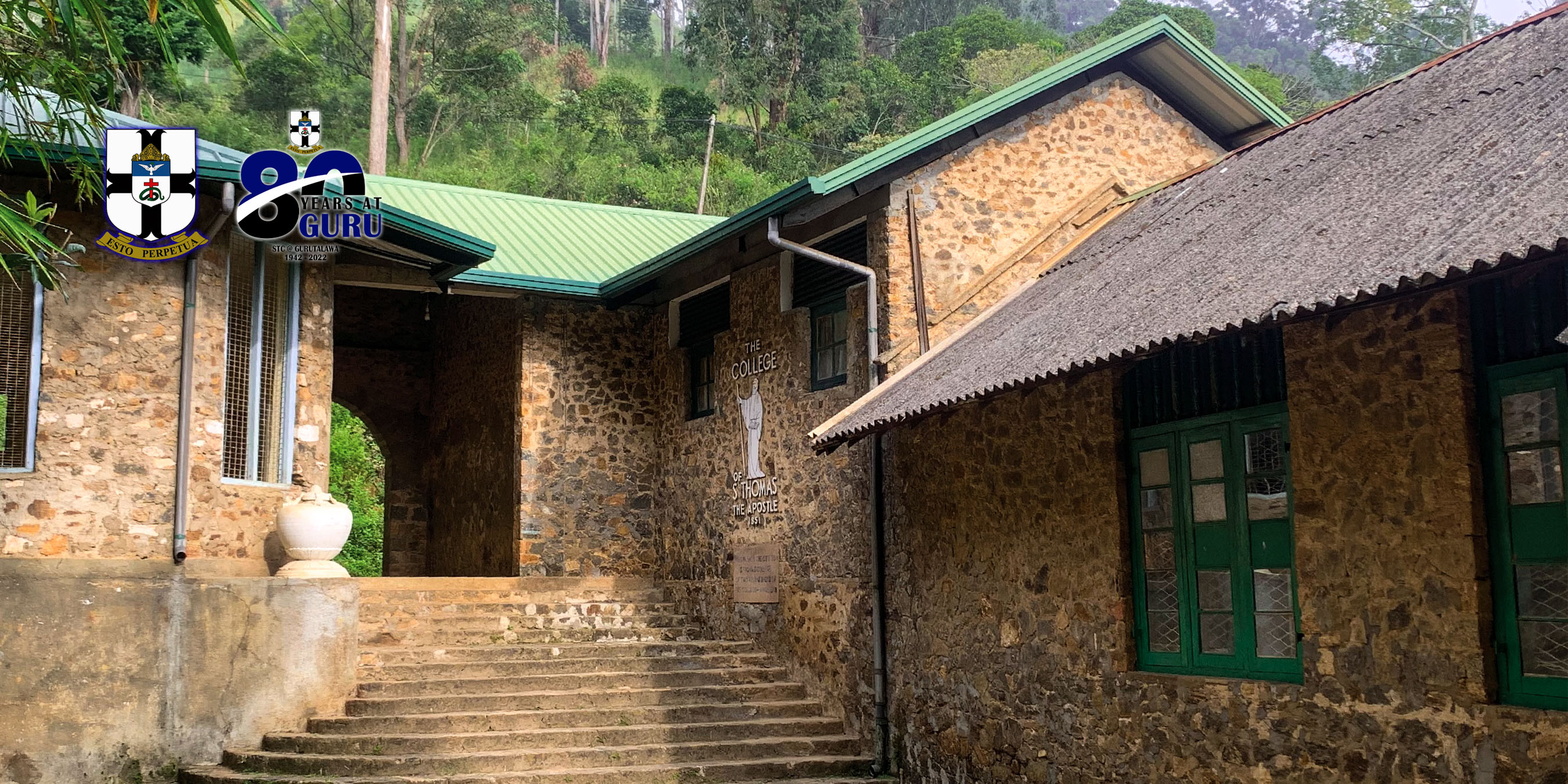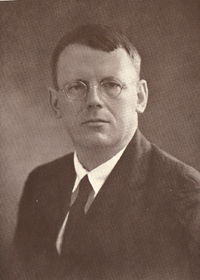
M.A., Ph.D. (Oxon)
History in Brief...
S. Thomas’ College at Gurutalawa was a serendipitous outcome of World War II (1938-1945). In the East, when the threat of war shifted to the Indian Ocean with the advance of the Imperialist military forces of Japan, Ceylon as the Island was then known, and Trincomalee harbour, became strategic objectives under imminent attack. The College at Mount Lavinia was consequently requisitioned by the British forces and on the 9th of April 1942 Dr. R.L.Hayman, the Sub-Warden was sent to Gurutalawa to prepare a branch for the school, but days before, on the 5th of April, Colombo was subject to an air raid and a Japanese plane had actually crashed in the College premises at Mt.Lavinia.
Fortunately a magnificient Farm at Gurutalawa was gifted by Mr. Leslie de Saram (a Royalist) and Mrs. De Saram in 1942. Nestled in the Hills below Nuwara Eliya (6700ft) was The Farm, at an elevation of 4000ft, redolent with fruit of every variety and the livestock included a herd of over 100 Persian Black Head sheep, a rarity in ‘Ceylon’. It had a central Farm Bungalow and a spattering of out houses and farm buildings in an area of over 32 acres. These proved adequate to house a complement of 55 Boarders (in the main Bungalow) and 9 staff members of whom Dr. R.L. Hayman was Headmaster and Rev. A.J. Foster the Chaplain. Both Oxford men, the one Dr. Hayman, M.A., D.Phil (Oxon) and Rev. Foster, M.A.(Oxon), who had stamped their mark as extraordinary men and teachers at S. Thomas’ Mount Lavinia in the 1930’s, and now went on to imbue the school at Gurutalawa, with a values system in selfless service and to establish a tradition of Excellence, making the school the most sought after in the whole Island. Mr. Leslie De Saram and his Farm Manager, Mr.Isaacs, helped immensely in the preparations.
When a plaque with the names of Mr. & Mrs. De Saram was placed at the College entrance, they insisted that it should state ‘two well wishers’ so it reads “ The Farm is the gift to STC from two well wishers of the College, April 1942”.
The first session started in the 2nd Term on May 2nd 1942 with 2 day-boys also on the roll. The curriculum for the Middle and Upper School in those years was a formal academic one taught in most of the English schools at the time. The subjects were Divinity, English Language and Literature, Latin, Vernacular Greek, Biology, Physics,Chemistry, Geography, Classical History and Mathematics in the form of Arithmetic, Algebra, Geometry and Trigonometry.
Games were compulsory and Cricket and Soccer were played in makeshift conditions outside the Farm boundaries, about 1 ½ miles distant on patna with a panoramic view of Haputale gap and the South face of the central hill massif which peaked at Pidurutalagala. Part of the main school from Mount Lavinia also shifted to Getambe on the Peradeniya/Kandy Road, and later in the year the Board decided to expand Gurutalawa to accommodate a further 150 boys from the Getambe ‘branch’. Accordingly in 1944 the school buildings were extended and the Gurutalawa boys engaged in “shramadana” to prepare the land in front of the Farm Bungalow, towards this end. A new set of buildings was constructed away from the bungalow, which became the Senior Dormitories.
The shift took place in 1945 and the Boarding was constituted into three Houses- Garnier, De Saram and Read. In September of the year Dr. Hayman and Canon Foster left on furlough with the end of the war in Europe and in December the Chapel dedicated to S. Francis of Assisi, was completed as an extension to the newly built Junior dormitories. This formed a square, with a flank of the Farm Bungalow providing the base, for making of the traditional public school “quadrangle”. The buildings were of stone quarried from the surrounding environs and were designed by Mr. Shirley D’ Alwis, the University Architect.
During the years 1942 to 1944 the formative pioneering years, though work and play and all the other activities were engaged in with zest and a special pride in achievement, the ambience of the school was that of a large happy family and staff and boys interacted with much bonhomie catalyzed by the example of Dr. Hayman and Rev. Foster, and the necessity of a shared common room. The school was small, exclusive and elitist and continued to be so for the full period of what has come to be known as the Hayman-Foster era, 1942-1964.

